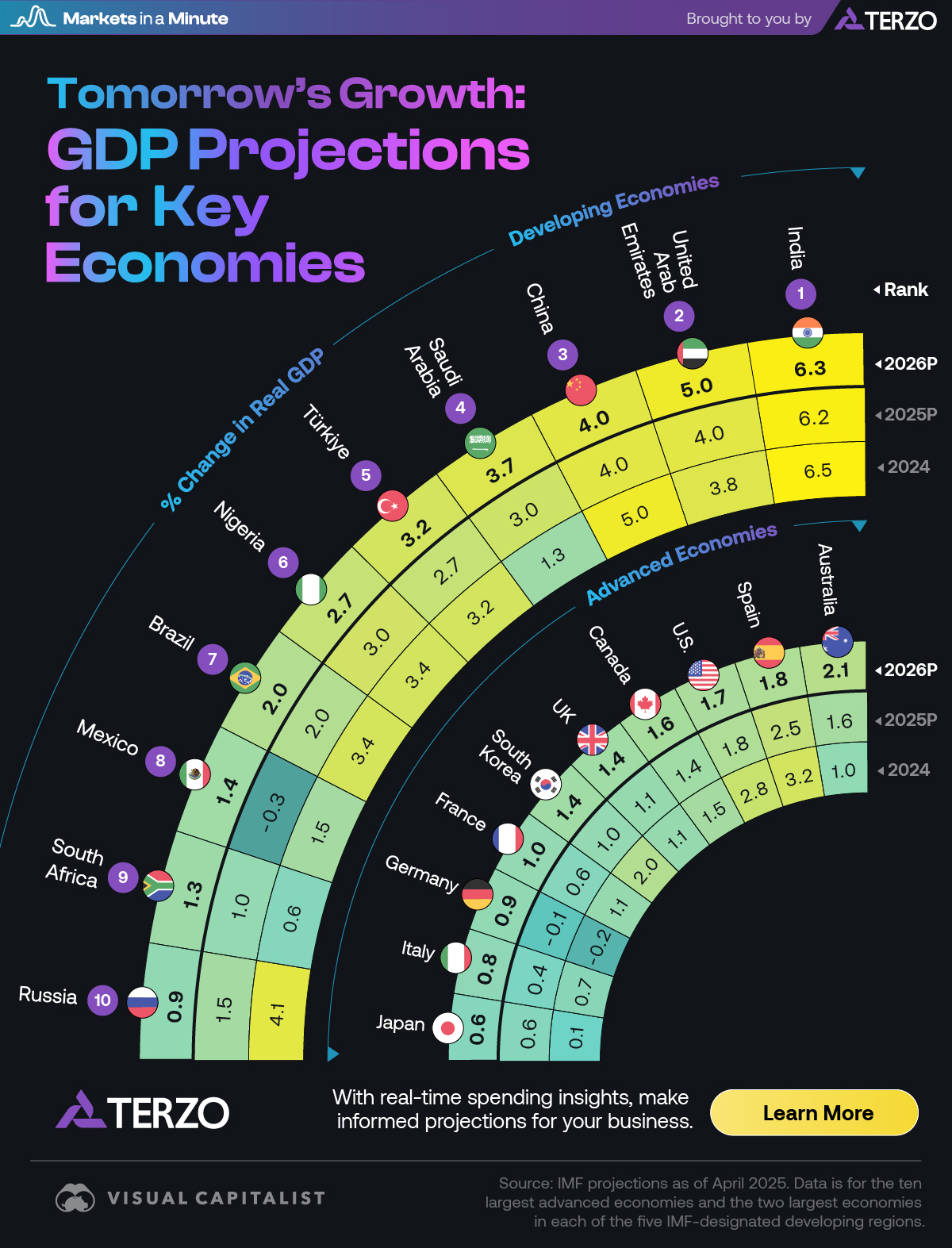Report on Economic Indicators in Washington State and Alignment with Sustainable Development Goals (SDGs)
This report analyzes recent economic data for Washington state, focusing on hourly earnings, employment rates, and job growth as of June 2025. The findings are contextualized within the framework of the United Nations Sustainable Development Goals (SDGs), particularly SDG 8 (Decent Work and Economic Growth), SDG 1 (No Poverty), and SDG 10 (Reduced Inequalities).
Analysis of Hourly Earnings and Contribution to SDG 8 (Decent Work and Economic Growth)
The data on hourly earnings in Washington state demonstrates significant progress toward achieving key targets of SDG 8, which aims to promote sustained, inclusive, and sustainable economic growth, full and productive employment, and decent work for all.
Washington State’s Leading Position in Hourly Wages
According to the U.S. Bureau of Labor Statistics, the average hourly wage in Washington state is $42.26. This figure, the highest among all 50 states, is a strong indicator of economic productivity and supports Target 8.5 of SDG 8, which calls for decent work for all women and men and equal pay for work of equal value.
Weekly and Annual Earnings Projections
The high hourly wage translates into substantial weekly and annual earnings, directly contributing to the objectives of SDG 1 (No Poverty) by providing residents with income levels that can lift them out of poverty.
- Average Weekly Hours: 35.1
- Average Weekly Salary: $1,483.33
- Projected Annual Salary: $77,133.16
Comparative Analysis of Regional Earnings and SDG 10 (Reduced Inequalities)
While Washington’s economic performance is strong, a comparative analysis highlights the regional disparities that SDG 10 (Reduced Inequalities) seeks to address. The goal is to reduce inequality within and among countries, and this data provides a state-level perspective on economic divergence within the United States.
National Context: Top Earning States
Washington leads the 50 states in hourly pay, with only the District of Columbia reporting a higher average wage ($54.21). The following list illustrates the wage distribution among the top-earning states, highlighting the economic inequalities present across the nation.
- Washington: $42.26
- Massachusetts: $42.00
- California: $41.22
- Colorado: $39.19
- Minnesota: $39.17
- New York: $39.14
- Connecticut: $38.98
- New Jersey: $37.87
- Hawaii: $37.62
- Alaska: $37.49
Pacific Northwest Regional Comparison
Significant wage gaps are also evident within the Pacific Northwest, underscoring the challenge of achieving balanced regional economic growth as envisioned by SDG 10.
- Washington: $42.26
- Oregon: $36.83
- Idaho: $34.07
- Montana: $32.09
Employment Trends and Progress Towards Full Employment (SDG 8)
Washington’s stable unemployment rate and consistent job growth are positive indicators for achieving the targets of SDG 8, which include sustaining economic growth and achieving full and productive employment.
Job Growth and Sectoral Gains
The state’s economy expanded by an estimated 10,900 jobs in June 2025, the most significant increase since January 2025. This growth supports Target 8.2 of SDG 8, which focuses on achieving higher levels of economic productivity through diversification and innovation. Key growth sectors included:
- Leisure and Hospitality
- Government
- Information
Unemployment Rate Analysis
In June 2025, the unemployment rate in Washington held steady at 4.5%, slightly above the national rate of 4.1%. This stability, coupled with strong job creation, reflects progress toward the goal of full and productive employment for all citizens, a cornerstone of SDG 8.
SDGs Addressed in the Article
SDG 8: Decent Work and Economic Growth
- The article directly addresses this goal by focusing on key economic indicators such as employment, wages, and job growth. It discusses the promotion of productive employment by highlighting that Washington state’s economy “is estimated to have increased by 10,900 jobs.” Furthermore, it delves into the concept of “decent work” by providing detailed figures on earnings, such as the average hourly pay of “$42.26 per hour” and a yearly salary of “$77,133.16,” which are central to the goal of achieving decent work for all.
SDG 10: Reduced Inequalities
- This goal is relevant as the article explicitly compares income levels across different geographical areas. By listing the average hourly pay for various states, such as Washington ($42.26), Massachusetts ($42.00), and Montana ($32.09), it highlights the economic disparities and income inequality that exist within the United States. This comparative data is fundamental to understanding and addressing inequalities in income and economic opportunities between different populations.
Identifiable SDG Targets
SDG 8: Decent Work and Economic Growth
-
Target 8.5: “By 2030, achieve full and productive employment and decent work for all women and men, including for young people and persons with disabilities, and equal pay for work of equal value.”
- The article connects to this target by providing specific data on employment and pay. The mention of Washington’s unemployment rate holding steady at “4.5%” relates to achieving “full and productive employment.” The detailed analysis of the average hourly wage (“$42.26”) and its comparison to other states directly pertains to the “decent work” and “pay for work” aspects of this target.
-
Target 8.2: “Achieve higher levels of economic productivity through diversification, technological upgrading and innovation, including through a focus on high-value added and labour-intensive sectors.”
- The article implies progress towards this target by reporting on significant job growth (“increased by 10,900 jobs”). It also notes that this growth was boosted by gains in diverse sectors, including “leisure and hospitality, government and information,” which points towards a diversified economy contributing to overall productivity.
SDG 10: Reduced Inequalities
-
Target 10.1: “By 2030, progressively achieve and sustain income growth of the bottom 40 per cent of the population at a rate higher than the national average.”
- While the article does not focus on the bottom 40 percent, it provides the foundational data required to measure this target. By presenting the average hourly earnings for different states, it quantifies the income disparities between them (e.g., Washington at $42.26 vs. Idaho at $34.07). This data is the first step in tracking and addressing regional income inequality.
Indicators for Measuring Progress
SDG 8: Decent Work and Economic Growth
-
Indicator 8.5.2: Unemployment rate.
- The article explicitly provides this indicator, stating that “The unemployment rate in Washington state in June 2025 held steady at 4.5%” and that the “national unemployment rate in June 2025 was 4.1%.”
-
Indicator 8.5.1: Average hourly earnings.
- This is a central theme of the article. It directly states the “total private average hourly earnings” for Washington state is “$42.26 per hour.” This serves as a direct measure for this indicator, although it is not disaggregated by gender or other demographics.
-
Job Growth (Proxy for economic productivity and job creation).
- The article implies progress by stating, “Washington state’s economy is estimated to have increased by 10,900 jobs.” This figure serves as a clear indicator of job creation and economic activity.
SDG 10: Reduced Inequalities
-
Comparison of Average Incomes Across Regions (Proxy for Indicator 10.1.1).
- The article provides direct data to measure income disparities between states. The lists comparing the average hourly pay in Washington (“$42.26”) with other states like California (“$41.22”) and Montana (“$32.09”) serve as a clear indicator of the level of income inequality between different geographic populations within the country.
SDGs, Targets, and Indicators Analysis
| SDGs | Targets | Indicators Identified in the Article |
|---|---|---|
| SDG 8: Decent Work and Economic Growth | Target 8.5: Achieve full and productive employment and decent work for all. |
|
| SDG 8: Decent Work and Economic Growth | Target 8.2: Achieve higher levels of economic productivity. |
|
| SDG 10: Reduced Inequalities | Target 10.1: Sustain income growth and reduce income disparities. |
|
Source: kitsapsun.com







